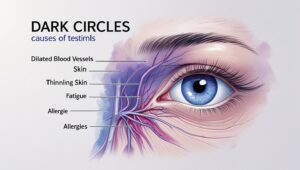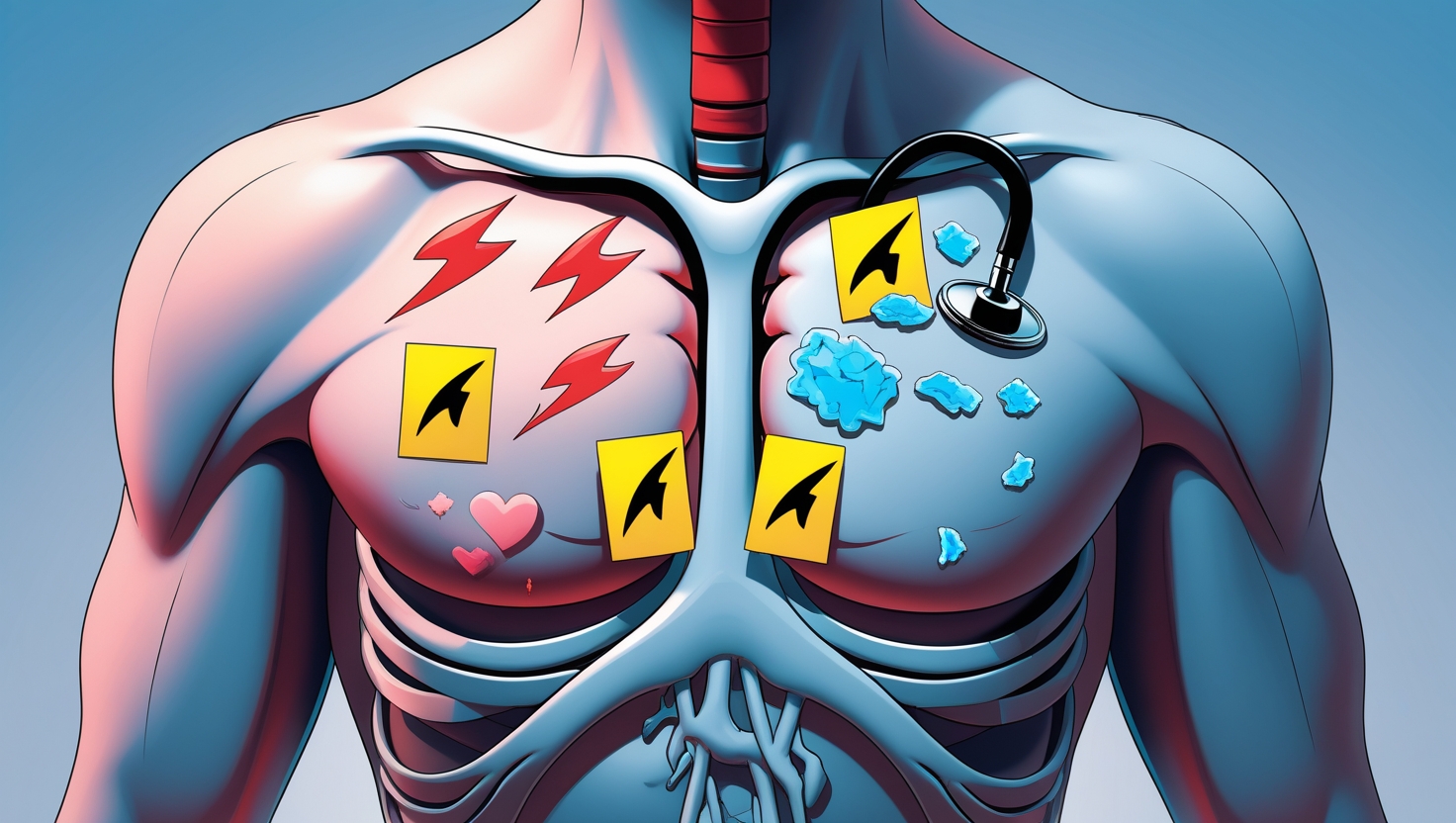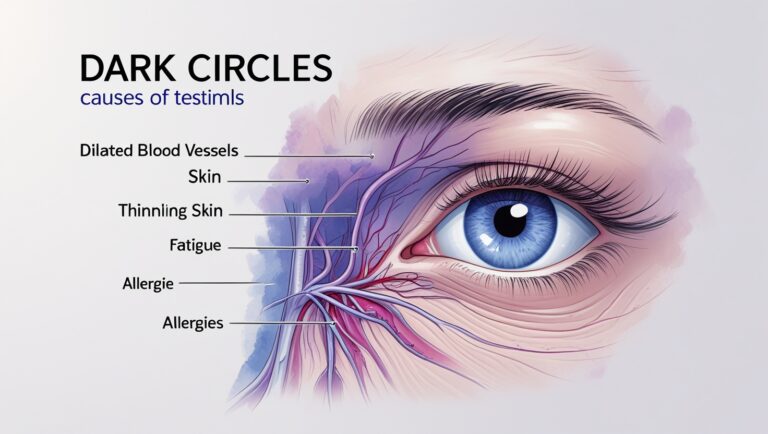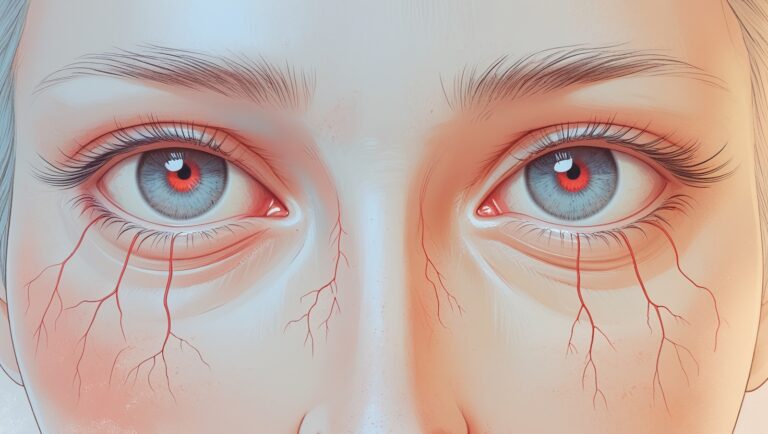Table of Contents
- Introduction
- Why Understanding Chest Pain Matters
- The Anatomy Behind Chest Pain
- Main Types of Chest Pain
- Cardiac Chest Pain in Detail
- Non-Cardiac Chest Pain Explained
- Pulmonary Causes of Chest Pain
- Anxiety and Chest Pain
- Real-Life Scenarios: Spot the Type of Chest Pain
- How Doctors Diagnose Chest Pain
- At-Home Monitoring and Management Tips
- When to See a Doctor
- Prevention and Lifestyle Tips for a Healthy Chest and Heart
- Final Thoughts and Call to Action
1. Introduction
Chest pain is one of the most alarming symptoms you can experience. It’s natural to fear the worst—but did you know that not all chest pain is heart-related? In fact, many causes are entirely unrelated to your heart and are easily treatable.
This 2025 guide will help you understand the different types of chest pain, how to identify them, what they may mean, and when it’s time to worry. Let’s get informed so you can take the right action at the right time.
2. Why Understanding Chest Pain Matters
Chest pain can range from mild to life-threatening. Understanding what type you’re experiencing can:
- Help you avoid unnecessary panic
- Allow timely medical intervention when needed
- Improve outcomes for serious conditions
3. The Anatomy Behind Chest Pain
Your chest houses multiple vital organs and structures, including:
- Heart and major blood vessels
- Lungs and pleura
- Esophagus and stomach
- Ribs, muscles, and cartilage
Because of this complexity, chest pain can arise from many different sources.
4. Main Types of Chest Pain
Cardiac Chest Pain
Originates from the heart or blood vessels.
Gastrointestinal Chest Pain
Arises from the esophagus, stomach, or digestive system.
Musculoskeletal Chest Pain
Involves muscles, bones, or joints in the chest wall.
Pulmonary (Lung-Related) Chest Pain
Comes from lung tissue, the pleura, or airways.
Psychological Chest Pain
Triggered by anxiety or panic attacks; not due to a physical issue.
5. Cardiac Chest Pain in Detail
Angina
- Caused by restricted blood flow to the heart muscle
- Feels like squeezing, pressure, or heaviness
- Often triggered by stress or exertion
Heart Attack (Myocardial Infarction)
- Caused by a blocked coronary artery
- Sudden, crushing pain that may radiate to arm, neck, or jaw
- Accompanied by shortness of breath, nausea, or sweating
Pericarditis
- Inflammation of the sac around the heart
- Sharp pain that improves when sitting up
Aortic Dissection
- Tear in the aorta’s inner wall
- Sudden, severe chest or upper back pain
- A true emergency
6. Non-Cardiac Chest Pain Explained
GERD and Heartburn
- Burning sensation in the chest
- Often worse after meals or lying down
- Relieved with antacids
Esophageal Disorders
- Esophageal spasm mimics heart pain
- Painful swallowing may be a clue
Gallbladder-Related Pain
- Feels like chest pain, often after fatty meals
- Usually located on the right side of the chest
Costochondritis
- Inflammation where ribs meet the sternum
- Tender to touch, worsens with movement
Pulled Chest Muscles
- Pain with movement or pressure
- Caused by lifting, stretching, or injury
7. Pulmonary Causes of Chest Pain
Pulmonary Embolism
- Blood clot in the lung
- Sudden sharp chest pain, often with shortness of breath
- Needs immediate care
Pneumonia
- Infection in lung tissue
- Dull or sharp pain with cough and fever
Pneumothorax (Collapsed Lung)
- Air leaks into the space between lung and chest wall
- Sudden, sharp pain and difficulty breathing
Pleuritis
- Inflammation of lung lining
- Pain worsens with breathing, sneezing, or coughing
8. Anxiety and Chest Pain
Chest pain from anxiety is real and very common. It often mimics heart-related pain but has different triggers and characteristics:
- Comes on during emotional stress
- Accompanied by panic, shortness of breath, or dizziness
- Often improves with deep breathing or calming activities
9. Real-Life Scenarios: Spot the Type of Chest Pain
- After a fatty meal: Burning pain = GERD
- After lifting boxes: Localized pain = Muscle strain
- While resting: Spreading pressure pain = Possible heart issue
- During a panic attack: Tightness + rapid breathing = Anxiety
Understanding your activity and emotional state at the time of the pain can help identify its type.
10. How Doctors Diagnose Chest Pain
- ECG or EKG: Measures heart rhythm
- Blood tests: Detect enzymes from heart damage
- Chest X-ray or CT scan: Looks at lungs, heart, bones
- Stress tests: Assess heart performance under effort
- Endoscopy: Checks for digestive system issues
Always report all symptoms clearly to help doctors evaluate faster.
11. At-Home Monitoring and Management Tips
- Track symptoms: Write down time, location, and description
- Avoid triggers: Fatty foods, stress, or heavy lifting
- Practice breathing: Helps with anxiety-related chest pain
- Try OTC remedies: Antacids or warm compress if appropriate
Never delay seeking help if you’re unsure about the cause.
12. When to See a Doctor
Seek urgent care if:
- Chest pain is severe or lasts longer than 5 minutes
- It radiates to the arms, neck, or back
- You feel dizzy, sweaty, or short of breath
- You have risk factors like high blood pressure or diabetes
Better safe than sorry—early treatment saves lives.
13. Prevention and Lifestyle Tips for a Healthy Chest and Heart
- Stay active: Move 30 minutes a day
- Eat heart-smart: Less salt, sugar, and saturated fat
- Quit smoking: One of the top causes of heart and lung issues
- Manage stress: Journaling, yoga, or therapy
- Regular checkups: Especially if you’re over 40 or at risk
14. Final Thoughts and Call to Action
Chest pain is not always a heart attack, but every instance deserves attention. Learning to recognize the different types of chest pain empowers you to take appropriate action and prevent serious complications.
Take Action Now:
- Monitor your health habits
- Talk to your doctor about any unusual symptoms
- Share this guide with loved ones for awareness
Your body sends signals for a reason—don’t ignore them. Stay informed, stay safe, and listen to your chest.
Visit for more :- Greakstive
External References & Further Reading:
- Chest Pain: What It Feels Like, Causes & Treatment
- Types of Chest Pain
- Chest pain: 27 causes, symptoms, and when to see a doctor







